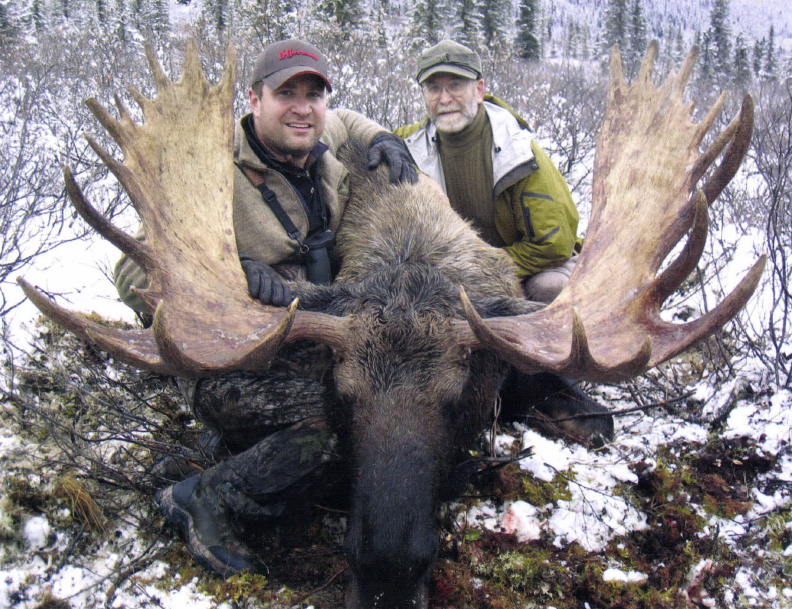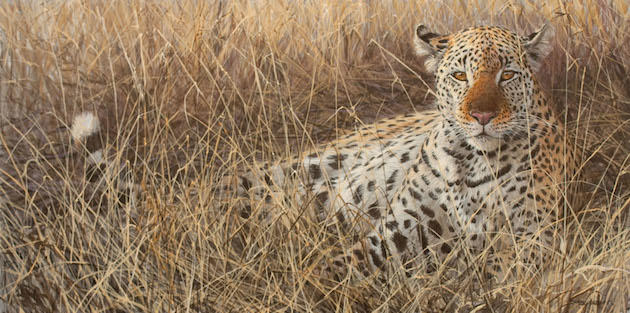The explorers planned to sail their balloon over the North Pole and land in Canadian waters – an adventure that quickly proved to be pure folly.
The tiny Swedish contingent had gathered in Danskoya at the northern tip of the Arctic island of Svalbard. They were happy and excited, if perhaps a little apprehensive, as three of their fellow countrymen silently floated away beneath a hydrogen balloon.
Soon the huge balloon was little more than a speck as it disappeared over the Arctic horizon. The launching party began to disperse as they speculated the adventure in store for their friends.
From the balloon, the three men knew they were completely on their own when they could no longer see the site from which they ascended. They realized there was no turning back; the Arctic wind had them in its grasp.
It was July 11, 1897. On board the balloon was 43-year-old S.A. Andree, leader of the expedition and his two colleagues, 25-year-old Nils Strindberg and 27-year-old Knut Fraenkel. Although a lot of planning had gone into the expedition and the making of the hydrogen balloon, “Omen” (Eagle) Andree had ignored many of the danger signs presented during their early strategizing. Swept up in his country’s enthusiasm for the project, he was so eager to reach the North Pole that he had ignored a number of basic safety precautions.
One of the main problems he had dismissed was that the balloon had come straight from the manufacturer and had not been tested. It had also shown signs of leaking, which Andree had simply ignored.
As the three men soared over the ice pack, they couldn’t have known they were already losing hydrogen. They were also experiencing a steering problem with Andree’s dragline system, which was proving to be ineffective.
Unable to steer, the men were getting anxious. They were in their second day and none of them had slept. The air was frigid, and the rapid loss of altitude must have struck fear into their hearts.
After only two days, the Eagle crashed on the pack ice, dragging the basket and the three men to its final resting place. As the balloon slowly deflated, Andree and his colleagues looked around in dismay at the vastness of Arctic wilderness.
This was indeed a brutal land, windswept and white as far as the eye could see. The men were unhurt in the crash and soon set to work making a temporary camp while they discussed their prospects for getting back.
The Eagle was relatively well equipped. They had sleds, guns, skis, snowshoes, a tent and even the makings of a small boat in the form of a bundle of curved sticks, which could be put together then covered with balloon silk. But the men were inadequately dressed for Arctic conditions.
If the expedition had gone as Andree planned, the balloon would have flown over the North Pole and landed in Canadian waters. Although the balloon was stocked with a lot of food, their supplies were not suitable for trans-Arctic travel on foot.
What lay ahead of them must have been daunting, particularly for the younger Fraenkel and Strindberg. After setting up the tent, Andree, who seemed to be nonchalant about the situation, decided they should stay put for three days and prepare for the trek south.
They loaded up the sleds with cans of food, 200 liters of water, guns, cases of ammunition, champagne, port, beer, condensed milk, sausage and cheese, most of which had been donated by the various sponsors and well-wishers. All told, their supplies weighed 1,700 pounds.
On the fourth day, they confidently set off, leaving the crash site behind, each sled laden with more than 400 pounds of supplies and gear. The terrain was more difficult than they could have imagined. After a week of harsh, grueling travel, the men began to shed their loads. The sleds were breaking up, leaving a trail of broken wood in their wake. Most of the food was left behind; just the essentials remained.
Now they would have to hunt seals, walrus and polar bears for sustenance. The boat was put together and proved to be a very satisfactory means of travel. It could be pulled quite easily over the ice. But the massive, two-story-high ice ridges were becoming almost impossible to navigate.
More problematic, the men were totally unaware that the ice they were crossing with such difficulty was actually moving and in the opposite direction of where they wanted to go. They were also being stalked by polar bears, having become the easiest food source for the huge predators in several square miles.
The explorers stayed alive by shooting polar bears for meat and finding pools of drinking water puddled on the ice floes. But the harsh Arctic winter was beginning to close in on them. After much discussion they decided to aim for the Seven Islands to the southwest, instead of Andree’s original goal of Franz Josef Land in the southeast.
Week after week they struggled against the ever-ferocious wind, which turned them one way then another. But not the bears, they stayed on course. Finally, sometime in September Andree decided it would be more prudent to stay on the ice floe, build a sturdy home that could withstand the harsh winter and protect them from the increasingly severe cold. Strindberg designed a structure with walls made of ice and snow.
The ice floe was moving south, and Andree felt confident they would soon reach open water and could live off the sea. But they were not the only hunters on the ice floe. More than likely, the men had become the main target for polar bears, which have been known to trek relentlessly for many miles once they target their prey.
By October their problems had grown. The ice floe was breaking up under the hut and they were forced to take what they could to the island of Kvitoya. This was no easy task. It took many days to achieve the move.
Although the facts are sketchy, it seems the three explorers suffered from hypothermia and died out on the ice from a multitude of causes within a few days of October 2, 1897. Two of them apparently died of trichinosis contracted from eating undercooked polar bear meat, and the third was killed by a polar bear.
Amazingly, a search party 33 years later found all three bodies and recovered their belongings scattered over the island.
 You can find this story and others like it in John Seerey-Lester’s Legends of the Hunt – Campfire Tales. This spectacular sequel to John Seerey-Lester’s immensely popular Legends of the Hunt will feature over 120 paintings and some 60 stories covering the remarkable true-life adventures of many of the world’s greatest hunters/explorers. Foreword by Tweed Roosevelt. Buy Now
You can find this story and others like it in John Seerey-Lester’s Legends of the Hunt – Campfire Tales. This spectacular sequel to John Seerey-Lester’s immensely popular Legends of the Hunt will feature over 120 paintings and some 60 stories covering the remarkable true-life adventures of many of the world’s greatest hunters/explorers. Foreword by Tweed Roosevelt. Buy Now




